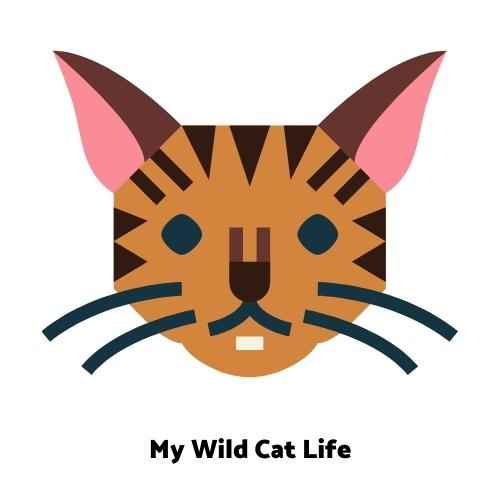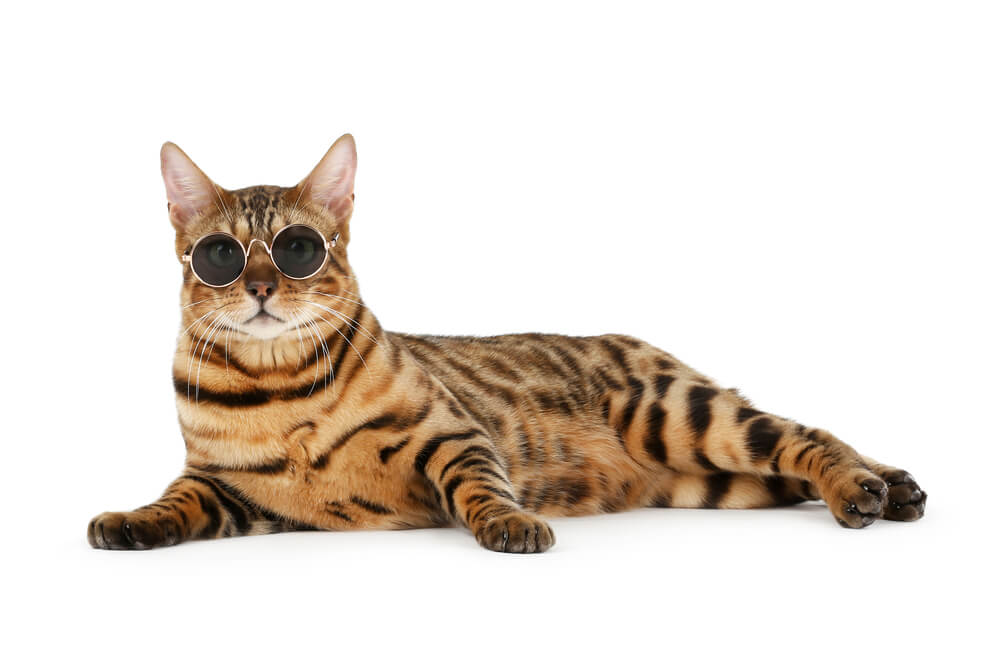What does that mean when you see a Bengal cat wagging its tail? Is the cat happy, or is it angry? What’s going on inside that furry head?
There are a lot of different opinions about why cats wag their tails. Some people think it’s a sign of happiness, while others believe the cats are trying to tell us something with their tail language. So what’s the truth?
The answer is it depends. When a Bengal cat wags its tail, it could be expressing a range of emotions, from happiness to anger. It all depends on the context and the situation.
For example, if a Bengal cat wags its tail while you’re petting it, that’s usually a sign of contentment. But, on the other hand, if the cat is wagging its tail while hissing and growling at another animal, that’s a sign of aggression.
So why do Bengal cats wag their tails? The most likely explanation is that they’re trying to communicate with us. They’re trying to tell us how they feel at any given moment. And like all animals, they have their unique way of expressing themselves.
Of course, we can’t always rely on tail wags to tell us how a Bengal cat is feeling. After all, cats are complex creatures, and they don’t always behave in ways that we can understand.
But if you pay attention to your cat’s body language and listen to what it’s trying to tell you, you’ll be able to form a bond that’s based on communication and understanding. And that’s the best kind of relationship you can have with your furry friend.
What Are Some Other Reasons Why Bengal Cats Might Wag Their Tails?
There are a few other reasons why your Bengal cat might start wagging their tail. For example, if they see another cat or animal outside, they may begin to wag their tail in excitement.
Or, if they’re in a new environment or around new people, they may start wagging their tails as a sign of nervousness or insecurity.
Yet, if your Bengal cat starts wagging their tail excessively or for no apparent reason, it could be a sign of a medical condition, and you should take them to the vet for a check-up.
What Should You Do if a Cat Wags Its Tail at You?
Cats wag their tails for a variety of reasons, including when they’re happy, excited, or feeling threatened. So if a cat wags its tail at you, it’s essential to pay attention to the body language and context to determine what the cat is trying to communicate.
If a cat wags its tail while showing other signs of aggression, such as hissing or growling, it’s best to give the cat some space. On the other hand, if a cat wags its tail and approaches you calmly, it may be seeking your attention or affection.
In general, it’s best to be cautious when a cat is wagging its tail around you. If you’re unsure of what the cat is trying to communicate, it’s best to slowly back away and give the cat some space.
Why Do Some Cats Wag Their Tails More Than Others?
There are a few reasons why some cats wag their tails more than others. First, it could be due to genetics. Some breeds of cats, like the Bengal, are known for their high energy levels and tail-wagging behavior.
Secondly, the cat is simply more active than other felines.
Thirdly, it could be a sign of excitement or happiness; when a cat wags its tail, it’s often because it’s happy or content.
Finally, some medical conditions can cause a cat to wag its tail excessively, so if your feline friend is wagging its tail more than usual, it’s always best to check with your vet just to be safe.
Also, remember that not all cats wag their tails the same way. Some may just give a little flick of the tail, while others may swing their whole back end from side to side! And, of course, some cats may not wag their tails at all. It’s all just part of what makes our feline friends so special and unique.
When Is the Best Time To Approach a Bengal Cat if It’s Wagging Its Tail?
If a Bengal cat is wagging its tail, it’s generally a good sign. It means the cat is happy and content. Nevertheless, it’s always best to approach any animal cautiously, especially if you’re unfamiliar with them.
If you’re unsure whether or not it’s safe to approach a wagging Bengal, always stay on the side of caution and ask the owner first. They’ll be able to tell you whether or not their feline friend is in the mood for some fuss!














